List of top 10 most exotic plants in the world –
There are some plants that are just so beautiful, they take your breath away.
When it comes to the world of plants, there are a vast array of varieties that can be considered exotic.
These exotic plants can be found worldwide, and each one is unique in its own way.

Here’s a list of the top 10 most exotic plants:
- Venus flytrap
- Corpse flower
- Rafflesia arnoldii
- Black bat flower
- Wollemi pine
- Pitcher plant
- Ghost orchid
- Bird of paradise
- Cactus
- Dragon tree
Explain it to a child
The top 10 most exotic plants are the Venus flytrap, Corpse flower, Rafflesia arnoldii, Black bat flower, Pitcher plant, Wollemi pine, Ghost orchid, Bird of paradise, Cactus, and Dragon tree.
What makes a plant exotic?
An exotic plant is a plant species that is not native to the area in which it is growing.
These plants are often introduced from other countries or regions and may thrive in a new environment.
Some exotic plants are grown for their ornamental value, while others are grown for their potential economic or medicinal value.
List of top 10 most exotic plants in the world

Venus flytrap (Dionaea muscipula):
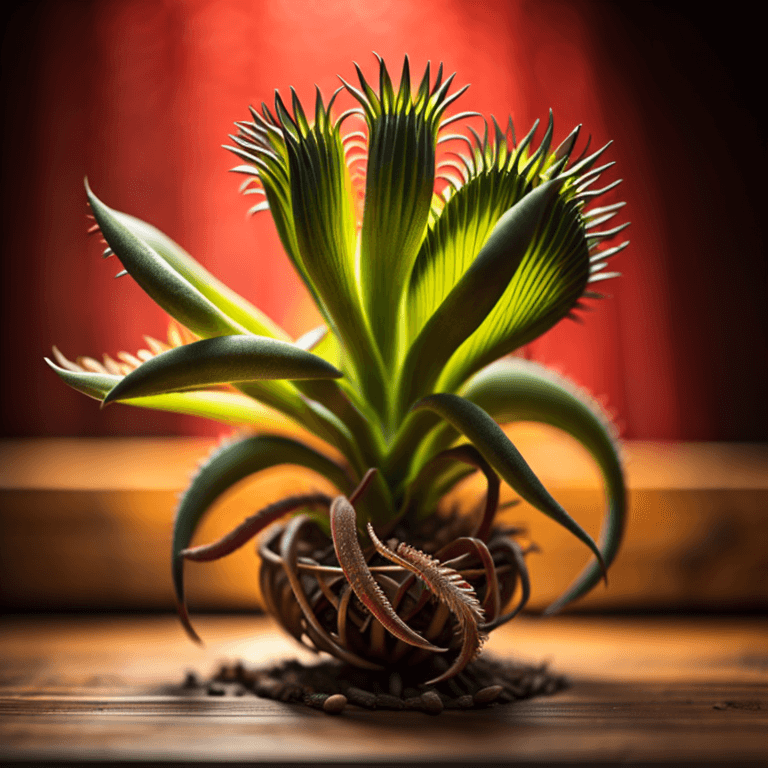
The venus fly trap is native to the wetlands of North and South Carolina and is known for its carnivorous habits. Its leaves are lined with sensitive hairs that trigger the plant to snap shut when an insect lands on them.
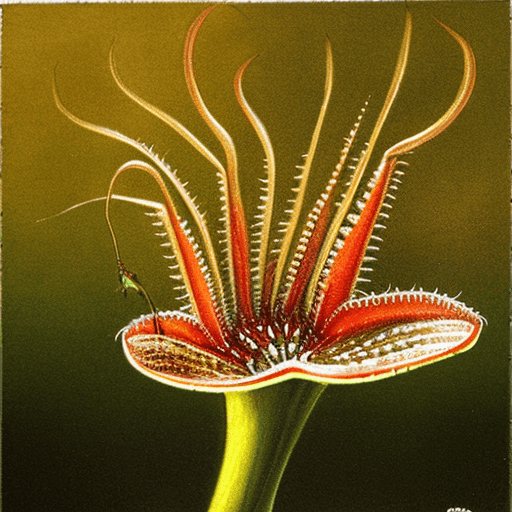
Rafflesia arnoldii:

The rafflesia arnoldii is native to the rainforests of Sumatra, Indonesia, and is known for its large, fleshy flowers, which can grow up to three feet in diameter. It is also known for its strong, unpleasant smell, which is similar to that of the corpse flower.
Black bat flower (Tacca chantrieri):
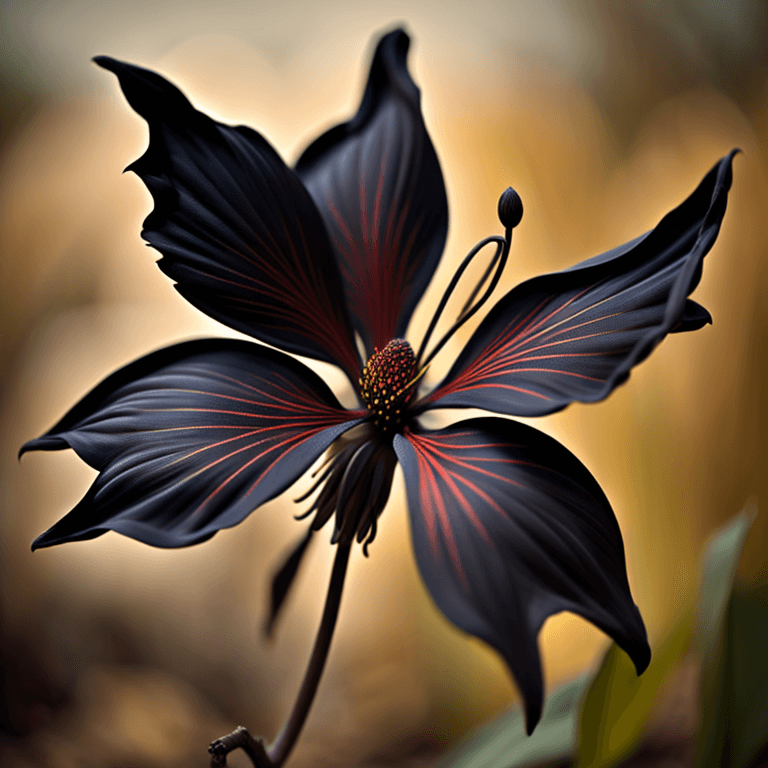
The black bat flower is native to Southeast Asia and is known for its unique flowers, which have long, black petals that resemble bat wings. It is also known for its long, whisker-like stamen, which can grow up to a foot in length.
Pitcher plant (Nepenthes):
The pitcher plant is native to the tropical regions of Southeast Asia and is known for its carnivorous habits. It traps insects in its pitcher-like leaves and digests them using enzymes.
Wollemi pine (Wollemia nobilis):
The wollemi pine is native to Australia and was only discovered in 1994. It is a rare and ancient species that is believed to have been around for over 200 million years.
Ghost orchid (Dendrophylax lindenii):
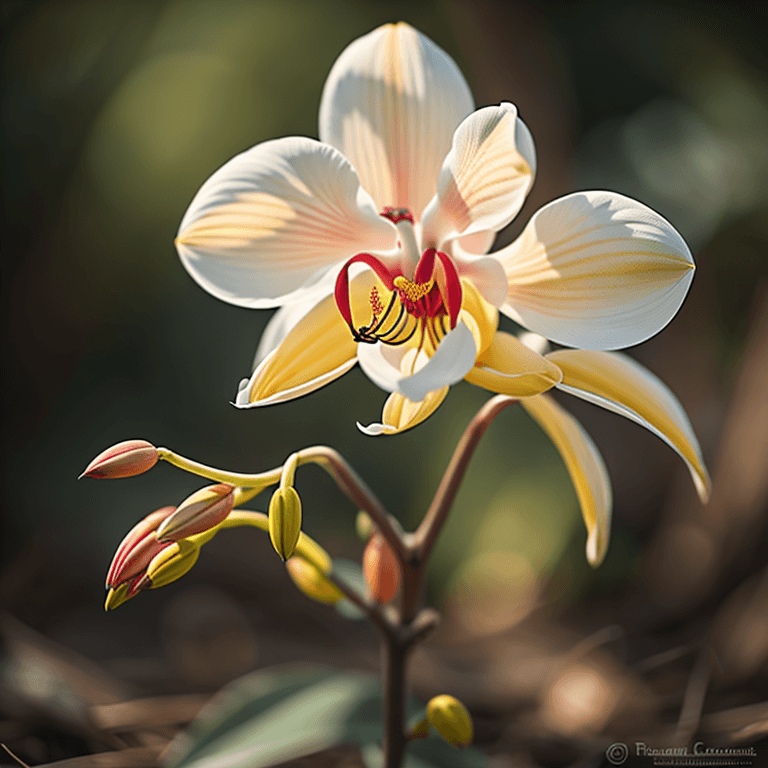
The ghost orchid is native to the swamps of Florida and is known for its elusive nature and beautiful, ghost-like flowers. It is also known for its rarity and is considered to be endangered. Ghost Orchid, Palm Polly.
Bird of paradise (Strelitzia):
The bird of paradis is native to South Africa and is known for its bright, orange, and blue flowers, which resemble the head of a tropical bird. It is also known for its large, banana-like leaves.
Cactus (Cactaceae):
Cacti are native to the Americas and are known for their unique and diverse shapes and sizes. They are adapted to survive in harsh, arid environments and are known for their ability to store water in their stems and leaves.
Corpse flower (Amorphophallus titanum):

The corpse flower is native to Sumatra, Indonesia, and is known for its strong, unpleasant smell, which has been described as a combination of rotten flesh and sewage. It is also known for its large size, with some plants reaching heights of up to 10 feet.
Dragon tree (Dracaena):

The dragon tree plant is native to the tropical regions of Africa and is known for its unique, branching growth habit and long, narrow leaves. It is also known for its ability to purify the air and is often used as an indoor plant.
Are all exotic plants invasive?
Exotic plants can sometimes become invasive, meaning that they spread aggressively and can outcompete native plant species for resources such as light, water, and nutrients.
This can lead to the displacement of native plant species and the disruption of local ecosystems.
However, not all exotic plants are invasive.
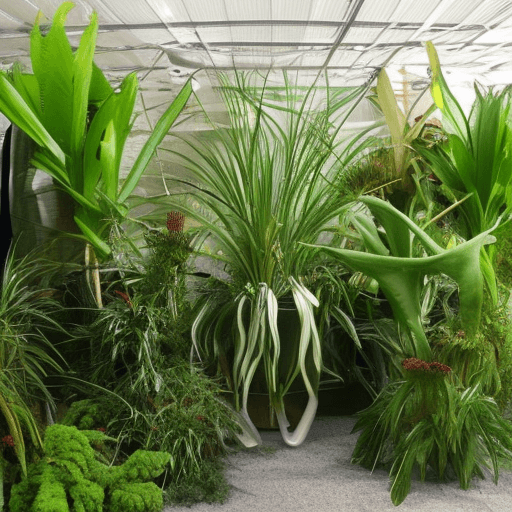
Some exotic plants are well-behaved and do not pose a threat to native plant communities.
It is important to be aware of the potential impacts of exotic plants and to carefully consider the risks and benefits before introducing them into a new environment.
Benefits and advantages of growing exotic plants
Growing exotic plants in your garden can be an incredibly rewarding pastime.
- Not only do they add a unique and interesting element to a garden, but cultivating exotic plants brings numerous benefits.
- They adapt more easily to local conditions than native species do, meaning far fewer problems with pests and weeds.
- Plus, their striking blooms and foliage bring extra color to your landscape, so that you can enjoy something different all year round.
With the right care and attention, you can impress family and friends with even the most uncommon of plants – it’s definitely worth giving it a go!
How to grow and care for your exotic plants
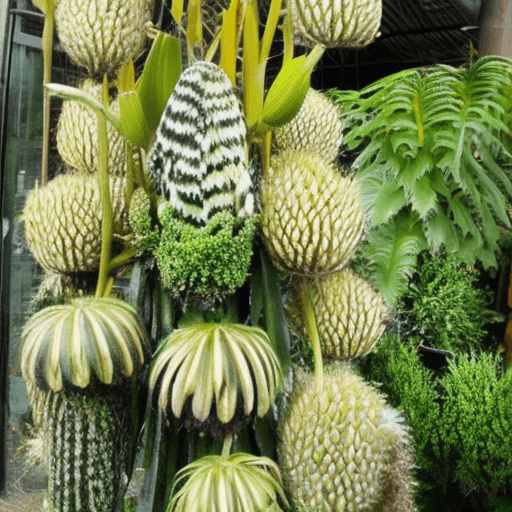
Exotic plants can add a splash of bright color, texture, and life to any room, but they require some specialized care if you want them to thrive.
Surprisingly, exotic plants aren’t difficult to take care of – with the right knowledge and tips, any home can be transformed into an indoor jungle!
- The most important thing to remember is that each plant is unique and will have its own set of needs, so spend some time researching the type of plant you have at home.
- Light requirements vary hugely between different species, so make sure you know how much light your plant needs to flourish.
- Temperature also plays a huge role in the healthy growth of your exotic plants – during winter especially it’s very important to monitor humidity levels so your plant doesn’t dry out.
As well as monitoring light and temperature, regular feeding and pruning are essential for keeping your plants happy and healthy.
Take all these simple steps into consideration and you’ll soon be enjoying the fruits (literally!) Of your labor with beautiful exotic blooms.
Common problems with growing exotic plants
Growing exotic plants can be both a rewarding and challenging experience.
- However, there are many issues that can arise when growing these plants in the home.
- Common problems include inadequate sunlight, incorrect soil composition, poor airflow, overwatering or underwatering, over-fertilizing, and infestations of pests or diseases.
- All of these problems can devastate an illustration of exotic plants if not properly addressed right away.
By understanding how to address each of these common issues, gardeners will have increased success with their exotic plant collection while avoiding serious loss in productivity as well as aesthetics.
Article Sources
Jacks of Science sources the most authoritative, trustworthy, and highly recognized institutions for our article research. Learn more about our Editorial Teams process and diligence in verifying the accuracy of every article we publish.
